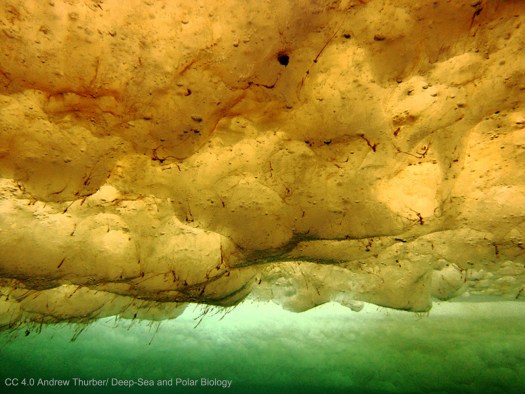
Fall is my favorite time of year. It is fascinating to watch the wildlife preparing for winter while the biting and stinging insects are suppressed and the night sky is delightfully clear. Here in Michigan, the coming of fall is heralded by a constant flow of colors. We begin with brilliant red sumac followed by crimson poison ivy wrapping itself around the still-green oaks and maples. As fall progresses, the maples and other species gradually change their colors, then the leaves begin to fall, and frost starts showing up. The beauty of fall colors in Michigan is astounding.
From a scientific perspective, we know how this system works. The chemical that gives green color to plants in the summer is chlorophyll-A. Chlorophyll allows plants to absorb energy mainly in the red and blue parts of the spectrum but very little in the green. Green is the highest energy of sunlight reaching Earth’s surface, and the leaves reflect green, preventing them from being burned by the summer sunlight. As the Sun’s angle becomes less, the green wavelengths are refracted away from Earth’s surface, reducing the chloroplasts in plant cells. In short, that means the chlorophyll is gone, and the green color goes away. We see the beauty of fall colors in the true colors of the leaves. Since each plant has a different chemical makeup in its leaves, each has its own color.
The chemistry of chlorophyll is highly complex, but the bottom line is that in the fall, chlorophyll no longer gives leaves their green color. Why is the system designed like this? Why is sumac different from hard maples, which are different from sugar maples, which are different from oaks? It seems that one chemical formula would work for all plants, making such a complex system unnecessary.
As I sit here writing this and admiring the beauty of fall colors, it seems that in spite of my science background, I feel I am looking at a wonderful painting by an artist applying a palette of colors with an eye for beauty. “Survival of the fittest” does not explain beauty and color, especially when other alternatives are available. It is also essential to understand that seeing the beautiful color of fall is something our eyes are designed to do.
Most animals do not see color and those that do use color as a survival device. Human eyes are designed to perceive color, and we are designed to appreciate and enjoy beauty. Take time to look for the colors around you, and know that they speak of God’s handiwork to bring something good into our lives.
— John N. Clayton © 2024





